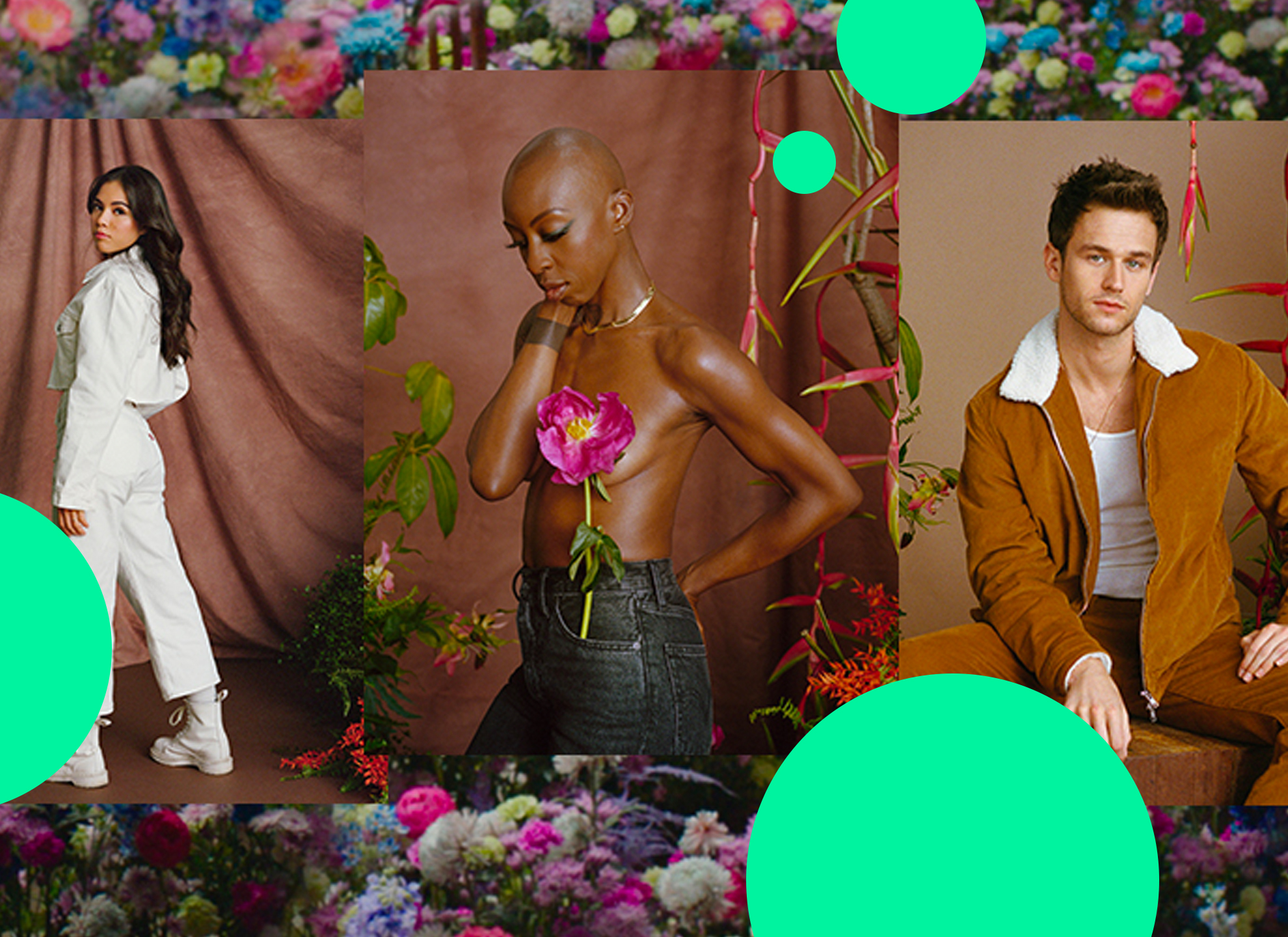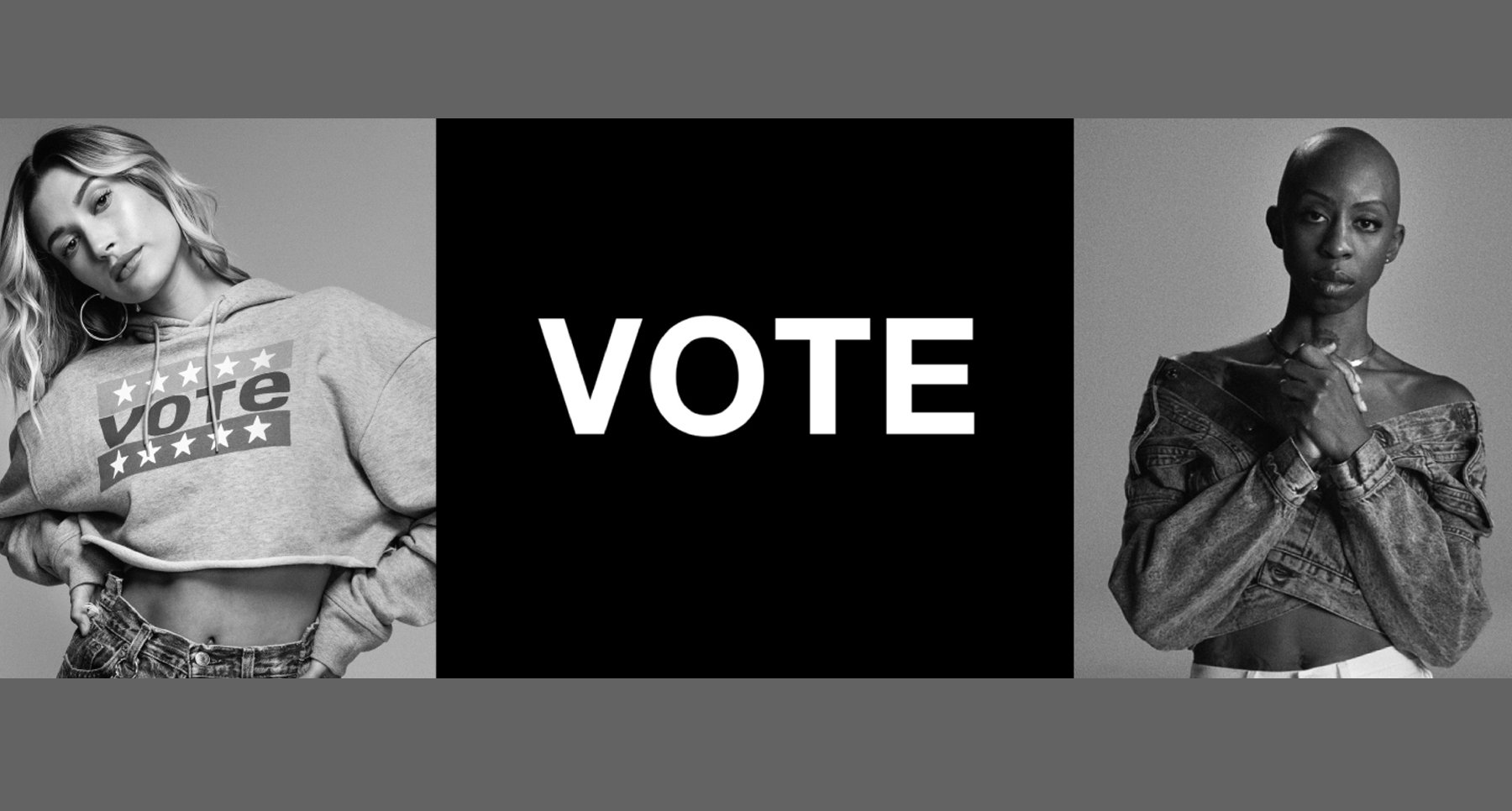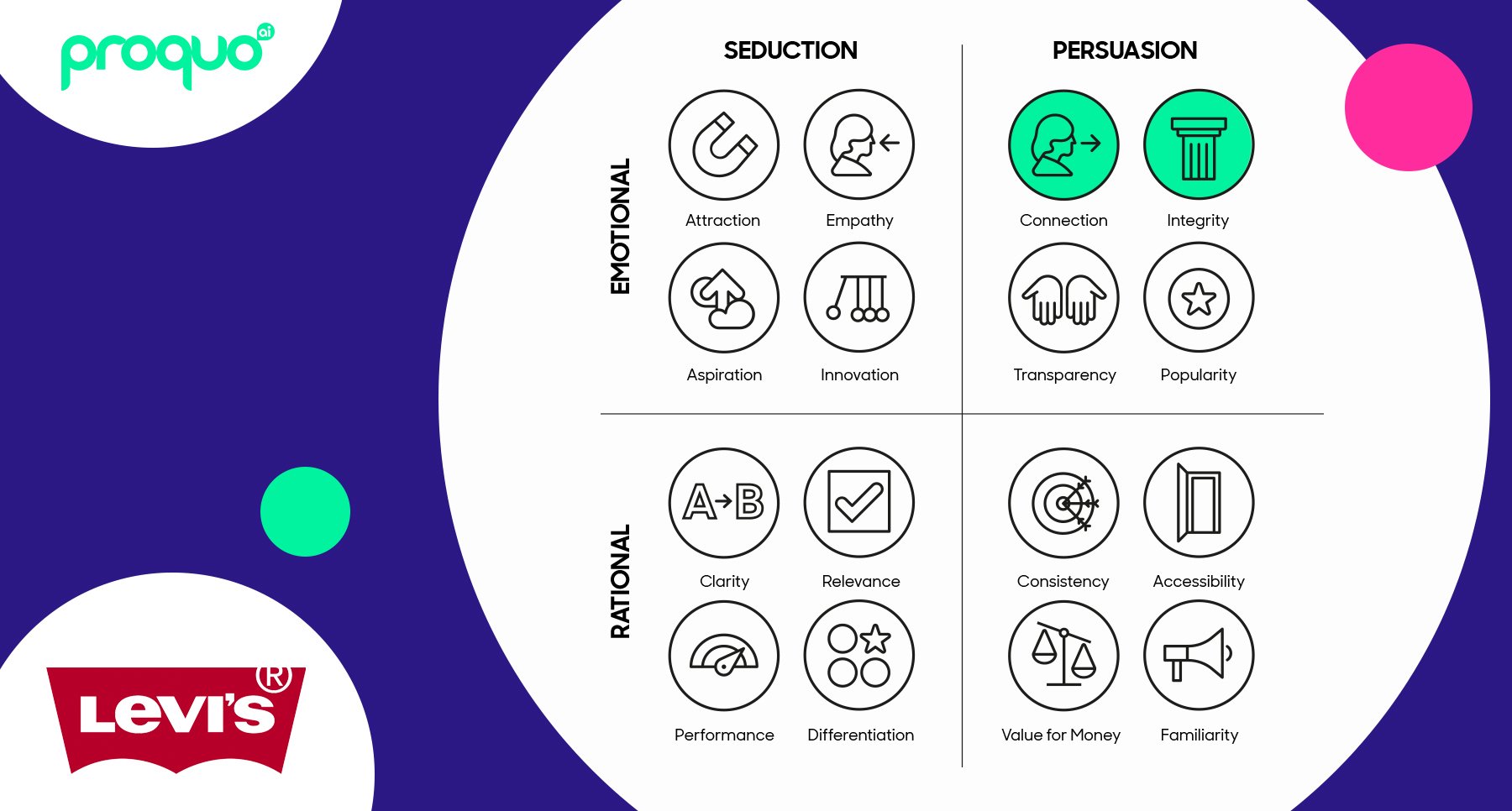Posted on July 8, 2021
Updated on March 13, 2023
5 min read time

If brands were people, Levi’s might just be the lovechild of Colin Kaepernick and Greta Thunberg. A brand previously recognized as a rugged uniform of the industrial all-American has matured into a rather artsy champion of sustainability and corporate social responsibility.
In the current climate, it’s hard not to see why. Companies are being pushed to have a positive impact beyond the products and services they sell. Today’s consumers are more belief-driven than any generation before them. So, unlike Baby Boomers who may have prioritized Rational Drivers like Value for Money or Accessibility (how easy a product is to use), people want the brands they interact with to improve the world while making a buck.
More than two-thirds of U.S. consumers say it’s important for companies to be clear about their social values, while a third base their purchases on the company’s social and environmental impact. More than 75% of Americans express that they feel better when they purchase sustainably produced products. When it comes down to it, it’s simple. Buying from a company that reflects your values just feels good.
Communications that are value-based are just as effective as product-based communications — sometimes even more so. A successful purpose-driven campaign goes much further than just raising brand awareness. Doing it right could mean increased loyalty, engagement, and more Millennial customers (who are, unsurprisingly, the most responsive age group). Brands are increasingly recognizing the value in engaging shoppers that are purpose driven.
But the pressure to adapt isn't always easy and can be especially daunting for companies that have existed for generations—like Levi’s. They can be at risk of experiencing threats from newer, hipper, more purpose-driven brands.
More established brands have often had to reposition themselves as showing their concern for social justice to stay relevant and reflect the values of their customers. But repositioning can be dicey if done wrong. Customers see right through companies who have no history of being concerned with social good, or brands that promote causes they have no ties with. (Who can forget the infamous Pepsi + Kendall Jenner fiasco?)
Levi’s has managed to approach their dedication to social good in a way that permeates the company in all areas. A brand with 168 years of iconic history could be at risk of struggling to reposition themselves—but not Levi’s. They’ve committed to living and breathing this purpose-driven image, and have successfully landed this message through Partnerships.
The brand engages numerous figures and creators for their campaigns, community outreach, and designs. But their collaborators are not limited to high profile celebrities — they can be anything from major brands, fashion houses, sports teams, and even the occasional television show. Some names you might recognize? Emma Chamberlain, Pokémon, the NFL, Disney, Marcus Rashford, Stranger Things, and Justin Timberlake.
But not all Partnerships are a recipe for success, especially when tackling sensitive or divisive topics. Just because you slap your brand and a cause into the hands of a big name doesn’t mean the outcome is going to appeal to audiences (again, remember Pepsi?). But Levi’s have found the secret ingredient to doing it right — going straight to the source.
By engaging trailblazers and activists, Levi’s gives platforms to celebrities who are deeply connected to the causes they promote. They’ve mastered the use of Partnerships and know how to muster the desired effect.

In 2020, Levi’s collaborated with filmmaker Oge Egbuonu and Hailey Bieber to launch the #VoteAboutIt campaign, a line of “VOTE” themed clothing and an accompanying PSA, urging young people to vote in the 2020 U.S. presidential election. More recently, they partnered with recognizable climate activists to launch the “Buy Better, Wear Longer” campaign against fast fashion, taking on the responsibility to help undo the rise in global clothing consumption. How? By making better products intended for long wear use and encouraging their customers to be more intentional in their purchases, buy less, and waste less.
Their latest campaign, “Beauty of Becoming,” sees Levi’s team up with Egbuonu once more. This time, something feels different. There’s a vulnerability to the message that is refreshing and timely.
Meticulously planned, artistically shot, and perfectly cast, the five-month project launched with a parent film in late January 2021. The first in a series of fifteen clips—each with a focus on one partner—begins with Naomi Osaka and culminates in the final video, centered around Egbuonu herself. In the videos, athletes, activists, creators, writers, singers and more tell their stories of becoming, answering the question: If you could give advice to your 14-year-old self about trusting the journey of becoming, what would the advice be?
The clips were shared sparingly over the five months, with the cast touching on heavy, relevant themes like Black Lives Matter, women empowerment, climate change, immigration, and the LGBTQ+ community.
Their releases aligned the topics of discussion with Black History Month, Women’s History Month, Earth Day, and Pride. Yes, there are recognizable names like Osaka, Brandon Flynn, and Jaden and Willow Smith. But the standouts from the diverse cast of characters are often the more obscure names, like Haben Girman. A black and disabled human rights lawyer and author, who also happens to be the first Deafblind graduate of Harvard, Girman uses her short film to advocate for inclusion in the face of her experiences of racism and ableism.
So, what does any of this have to do with jeans? Well, arguably nothing—but that doesn’t diminish the campaign’s impact. In the past, Levi’s rationally persuaded customers of their products’ merits—strength, durability, style.
But with a long history rooted in American culture, customers know the brand and know the quality. Levi’s offers something more in Beauty of Becoming, a perfect example of value-based vs. product-based communication.

The success of a brand stems from the success of the relationship the brand has with people. At ProQuo, we’ve established 16 Drivers that foster these relationships and illustrate how we relate to brands. So, what effect does campaign like Beauty of Becoming have on the 16 Drivers?
The message of the campaign is entirely purpose-driven, with no mention or even acknowledgement of what Levi’s is selling. Even the call-to-action directs the audience to a website where they can hear more of the Becoming stories. The clothes simply amplify the message, with the cast wearing powerful pieces designed by even more collaborators, like Fresco Steez, whose graphics honor the legacy of the Black political struggle. By taking their audience beyond rational, product-led reasons to believe, Levi’s taps into two Emotional Drivers: Connection and Integrity.
A strong Connection is the emotional measure of how much people relate and respond positively to the way your brand behaves. A brand with strong Connection does things in a way people appreciate and understand. Building this Connection with an audience can be significantly impacted by Partnerships and Communications.
Partners, especially those which shoppers feel they relate to, can give a voice to social issues in a way that Communications alone may not do as effectively. By touching on a broad range of topics under one common theme, Levi’s show their audience where they stand and offer opportunities for them to connect to the brand through their common values.
Integrity is boosted by how much a brand is seen to have principles. A brand with Integrity chooses to do the right thing because of the clear values it holds, behaving honestly and making decisions authentically. If presented correctly, as Beauty of Becoming so eloquently does, customers will trust the brand more. In terms of improving Connection and Integrity, Levi’s knocks it out of the park with this campaign and shows their commitment to diversity, inclusivity, and much more. But people judge brands on more than just their messages: they’re also looking at their behaviors. What helps Levi’s succeed here is that they do more than just talk, they act, ensuring the message of commitment to social good is reflected in their practices.
Levi’s supports both external and internal initiatives. Externally, they support causes like voter engagement, gun violence prevention, and equality. They continue to encourage dialogue and provide creative outlets for minorities, with initiatives like the Levi’s Music Project, which partners with talents like SZA and Skepta. In 2020 alone, Levi’s donated over $40 million to various organizations. Internally, Levi’s is working towards industry-leading sustainability targets by 2025 and have committed to optimizing their supply chain. They champion diversity and inclusion, hold an annual Community Day of service, and give employees PTO for volunteering. But when it boils down to it, Levi’s is helping change the way people think about clothes. And a strategic investment in advertising and Partnerships is the glue that holds it all together. And with that, wearing Levi’s isn’t just cool—it means something.
Partnerships are a powerful tool that can help businesses broaden their reach. When done well, they can help customers relate more to how your brand behaves and show the world your brand can do the right thing. Wondering if your Partnerships are working as effectively as Levi’s? ProQuo AI can help you know for certain.
Our intelligent platform will take your brand further, faster.
Don’t believe us?
© 2020-2023 ProQuo AI International
All rights reservedWebsite by Blend